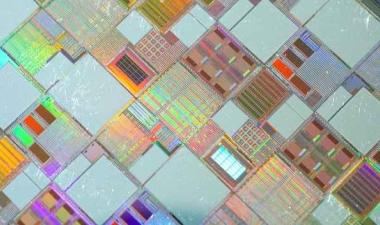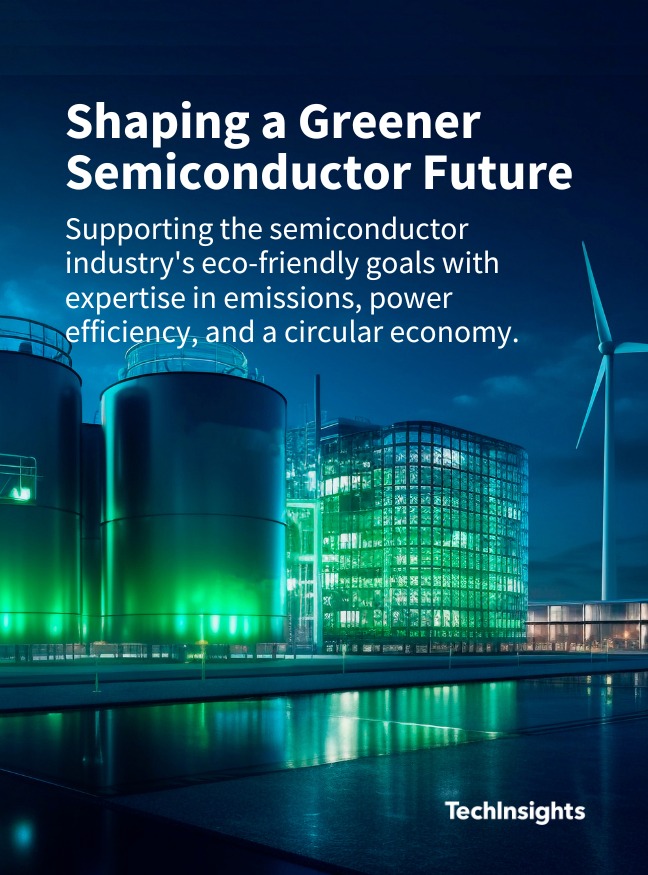Assessing the Value of Sustainable Silicon Carbide Technology
Is It Worth the Investment?
The global push for sustainability and the reduction of greenhouse gas emissions has led to a focus on power electronics as a key enabler. Silicon-based power electronics have traditionally dominated the market, but the emergence of wide bandgap semiconductors, particularly silicon carbide (SiC), is rapidly changing the landscape. SiC has found applications in various sectors, including industrial, renewable energy, and transportation, with a significant role in reducing emissions from electric vehicles.
Read Full Article Start My Free Trial
Companies like Wolfspeed are making substantial investments in SiC production facilities to meet the growing demand. They are also prioritizing sustainability by implementing eco-friendly practices in their facilities.
However, it's worth noting that SiC device manufacturing has a higher environmental impact compared to silicon equivalents. The production of SiC wafers emits over three times as much CO2 as silicon wafers. Despite this, SiC devices offer improved power-conversion efficiency, leading to savings in passive components and heat-sinking materials.
The economic aspect is complex, with SiC devices having higher initial costs compared to silicon counterparts. Still, system-level savings can offset these costs. Companies like Wolfspeed and Infineon are anticipating significant market growth in SiC adoption, especially in the electric vehicle sector.
SiC has several advantages, including increased driving mileage, shorter charging times, and potential cost reductions as battery costs rise. The adoption of SiC is seen as critical to improving energy efficiency and reducing losses in electricity transmission and distribution, which can translate into substantial economic benefits.
In conclusion, the pursuit of SiC technology, despite its higher initial environmental impact and costs, is driven by its potential to significantly enhance sustainability, energy efficiency, and economic savings. Accurate carbon footprint modeling and sustainability assessments are essential in making informed decisions regarding the adoption of SiC devices and other technologies in the marketplace.














